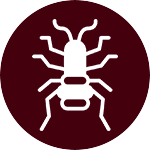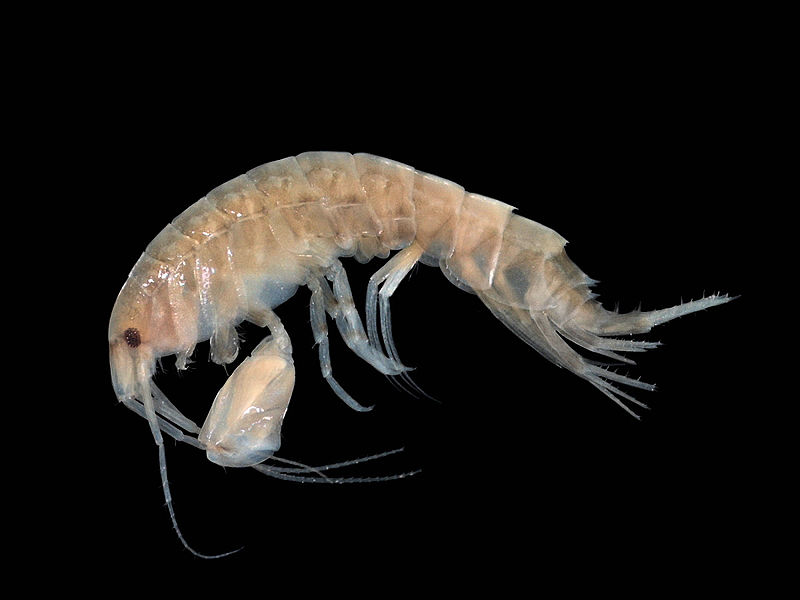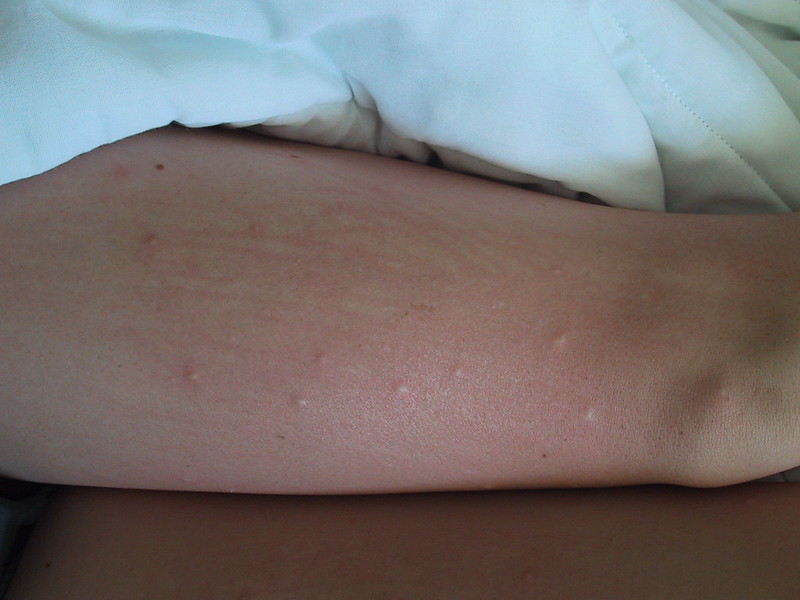 get free exterminator quotes
get free exterminator quotes


Going to a beach during the weekend is a common phenomenon for all of us where we runoff from our typical city life and enjoy roaming around on bare feet. Your small vacation can be ruined by bites of sand fleas on the same feet including other exposed areas of your body.
Sand fleas specifically reside in the coastal regions at beaches near the seas. They exist in swamplands and deserts too. This page is all about sand fleas. You get to know all about these pests, their bites, and treatments, preventions that should be taken to avoid bites along with the techniques to exterminate them.

Actually sand fleas are not insects as we know. There is a thin line between insects and specified arthropods. Sand fleas are crustacean arthropods similar to shrimps, crabs, lobsters, etc. To cut short, all insects are arthropods but all arthropods are not insects. They are mistaken with typical fleas because of their size and physical structure and the similarity of the biting effects.
The majority of the crustaceans live in seas, fresh-waters and in marine atmospheres. Exceptional crustaceans like woodlice are terrestrial; fish lice are parasites and barnacles are incapable to move. But the sand fleas we are talking about are even capable to trail you and infiltrate your household.

Yes, they do! Their main targets are people who are over enthusiastic and always look for adventures. It is never safe to go to the sea or to the beach during night time. But some of us always love to break rules. Sea fleas become energetic from the dawn till night. If you are enjoying the moonlight on the beach barefooted or relishing swimming at night, you are their major target of them.
Sand fleas generally bite you for the following reasons:
They look for their blood meal and since they are active once the sun goes down, you are a perfect host. You will not realize when they bite you as their saliva is capable to control blood clotting. Maybe later you will be noticing small red lumps on your skin which are quite similar to mosquito bites.
When female sand fleas choose your skin as their nesting ground they bury themselves in your skin. They bite your skin to get their regular meal to hatch eggs. Mostly they infiltrate at the lower portions of your body because from the ground level sand fleas can jump up to 40 cm high.
These sand bites are more annoying than the previous type as they are prickly and are infectious. They look like swelled lumps with black spots at the center called a lesion. The black spots are the damaged pores done by the fleas on the ulcerations due to their bites. Their diameter ranges from 4 to 10 mm.
Click here and access our exterminator search tool- instantly get free quotes from the authentic house of exterminators in your local area.
Get FREE QuotesProcess Takes About 30 Seconds
Sand fleas operate in groups. They jump on their hosts in clusters. Single flea bites are annoying but imagine a number of flea bites at a time? It causes major difficulty to the host, be it animals or humans. Continuous flea bites on the skin can generate harsh allergic rashes. Humans who are allergic to insect bites may suffer from breathing problems, chest pains, physical weakness, and nausea.
Infiltration by adult female sand fleas may cause fever and severe skin diseases like a sand flea, chigoe, jigger flea, nigua, pico, and Bicho de pie (bug of the foot), the scientific name being Tunga penetrans. Since sand fleas are unable to jump high the common place of infection is the feet.
Watch this video so that you can have an idea about tungiasis treatment:
As mentioned earlier, sand flea bites are very annoying and they create an itchy sensation. Naturally, you tend to rub or scratch the area with your fingers (preferably with the nails). But more you do it, the wound spreads and chances of getting infection increase.
It is very difficult not to react to prickliness as natural human reflex makes us do so. The best way to heal these discomforts is to apply calamine or hydrocortisone medicines. An equal home remedy is a baking powder paste. But keep in mind lesions need instantaneous attention as they may invite serious infections.
This video will show you how to deal with basic sand flea bites:
Sand fleas are active during the night time or during the time of the day when the sun is ready to go down. You will not be prone to sun flea bites if:
If you think that by avoiding sea beaches or deserts can make you sand flea-free, you are mistaken. They can trail you to your house may be riding on you or on your pet. Let us provide you a step to step guide to get rid of them totally so that you don’t come across to these pests at all.
Sand flea bites are dreadful. They cause a lot of irritation. Basically, DEET based sprays keep away these arthropods from you, precisely, when you are walking on a beach with your pet.
Click here and access our exterminator search tool- instantly get free quotes from the authentic house of exterminators in your local area.
Get FREE QuotesProcess Takes About 30 Seconds